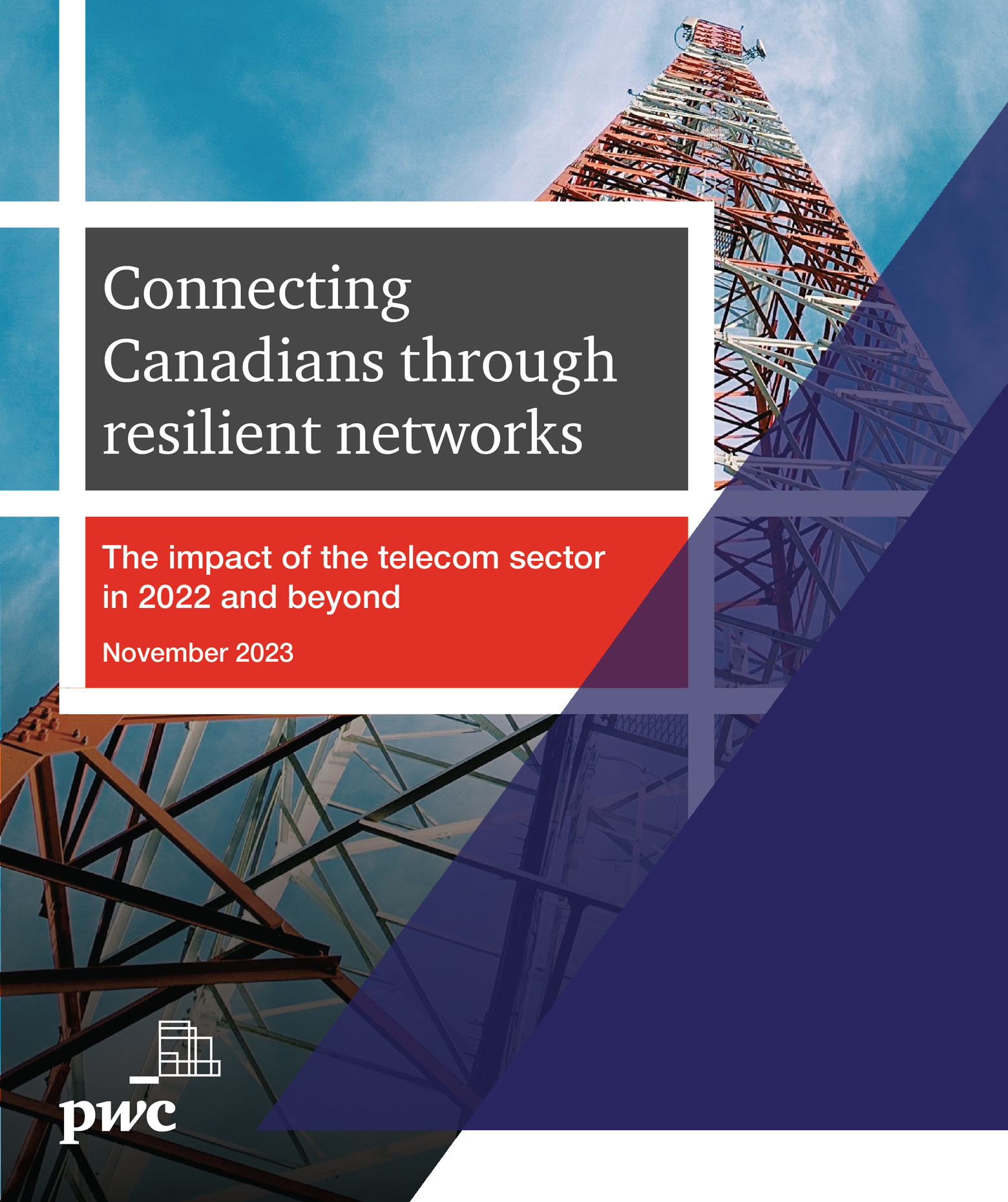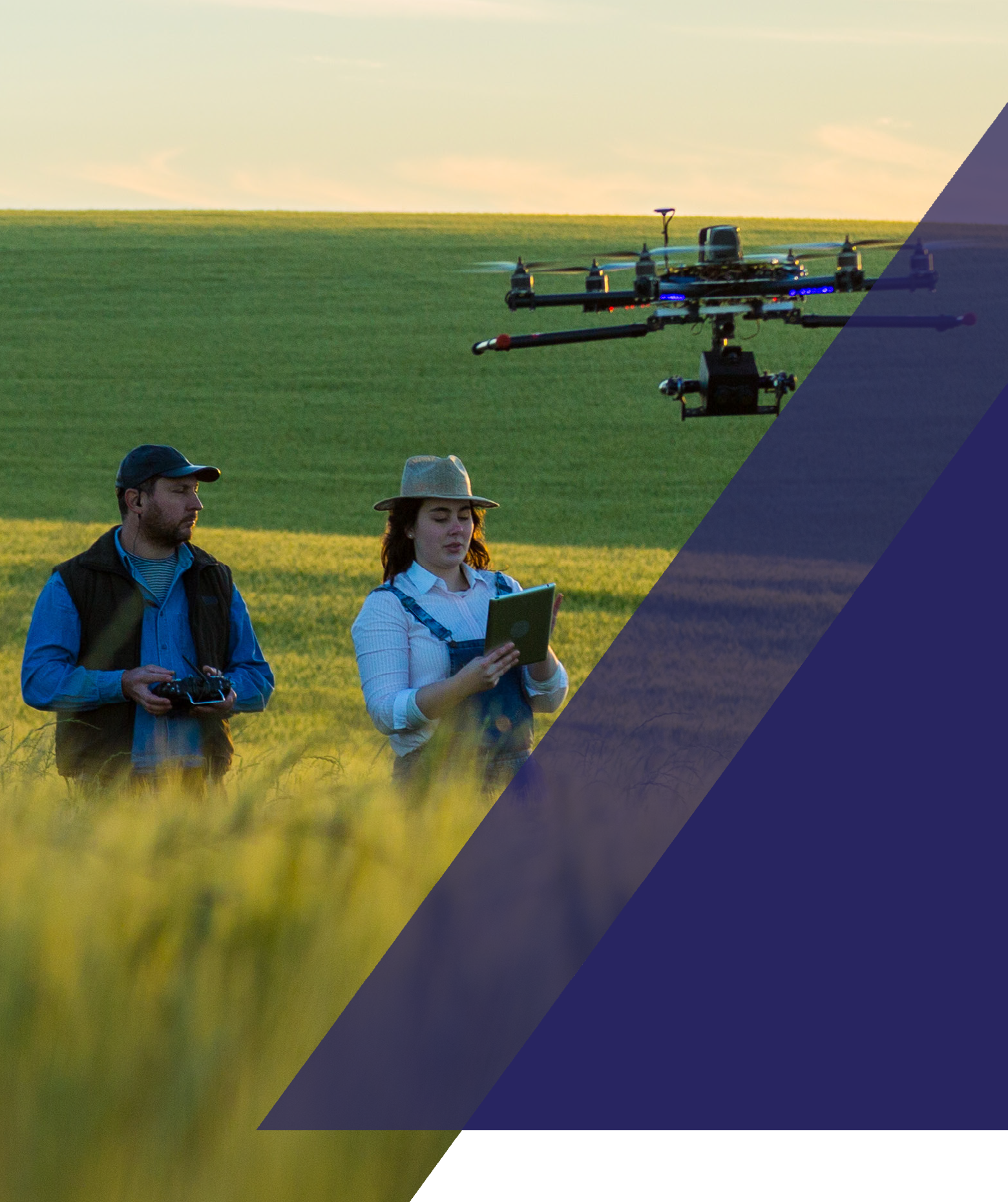Canada’s future depends on connectivity
Connectivity is key to enabling Canada’s economic growth and improving Canadians’ social well-being. It allows businesses to become more productive while reducing their environmental footprint, assists governments in delivering critical services, and connects Canadians with friends and loved ones no matter where they live. The Canadian Telecommunications Association is dedicated to building a better future for Canadians through connectivity. Learn more about our priorities.

Telecommunications in Canada
Industry impact
Canada’s telecommunication industry is a key contributor to Canada’s economic growth and social development.
$76+
billion
direct GDP contribution (2022)
724+
thousand
jobs supported (2022)
99.5
percent
Canadians with LTE mobile coverage (2022)
#1
among G20 countries
for mobile network quality
The latest telecommunications news
Programs
Programs that make a difference
Learn about our programs that support accessibility, charitable giving, consumer protection and more.

Search tool that lets Canadians input an IMEI number to determine if a mobile device has been reported lost or stolen, which would make it unusable on Canadian wireless operator networks.

Service that allows those who are Deaf, deafened, Hard-of Hearing and speech impaired to converse with emergency call centres via text message.

Provides information on the administration and use of Common Short Codes to facilitate interactions between users, brands, retailers, government and other organizations via text messaging.

A foundation that enables charitable donations via text message and helps connect Canadian mobile users with the causes they care most about.






